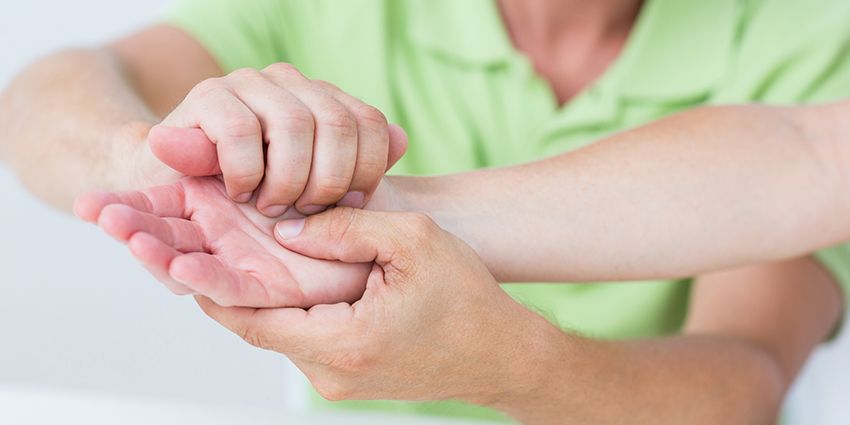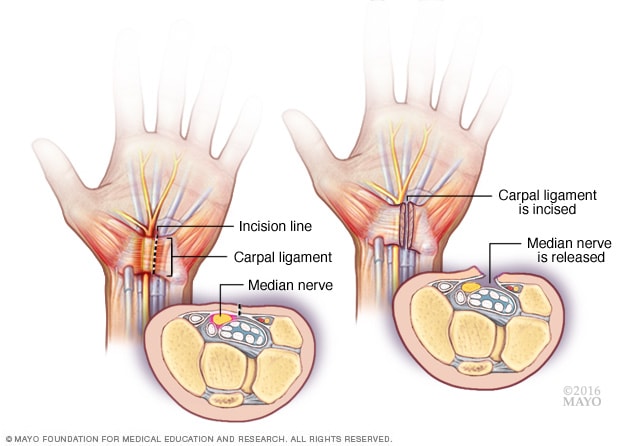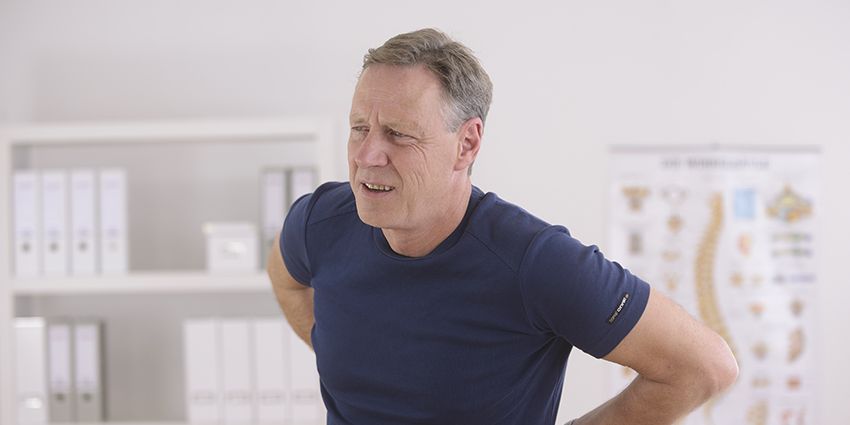Therapy Found Effective for Carpal Tunnel Syndrome
Diagnosis
Your doctor may ask you questions and conduct one or more of the following tests to determine whether you have carpal tunnel syndrome:
-
History of symptoms. Your doctor will review the pattern of your symptoms. For example, because the median nerve doesn’t provide sensation to your little finger, symptoms in that finger may indicate a problem other than carpal tunnel syndrome.
Carpal tunnel syndrome symptoms usually occur include while holding a phone or a newspaper, gripping a steering wheel, or waking up during the night.
-
Physical examination. Your doctor will conduct a physical examination. He or she will test the feeling in your fingers and the strength of the muscles in your hand.
Bending the wrist, tapping on the nerve or simply pressing on the nerve can trigger symptoms in many people.
- X-ray. Some doctors recommend an X-ray of the affected wrist to exclude other causes of wrist pain, such as arthritis or a fracture.
- Electromyogram. This test measures the tiny electrical discharges produced in muscles. During this test, your doctor inserts a thin-needle electrode into specific muscles to evaluate the electrical activity when muscles contract and rest. This test can identify muscle damage and also may rule out other conditions.
- Nerve conduction study. In a variation of electromyography, two electrodes are taped to your skin. A small shock is passed through the median nerve to see if electrical impulses are slowed in the carpal tunnel. This test may be used to diagnose your condition and rule out other conditions.
Surgery
Surgery may be appropriate if your symptoms are severe or don’t respond to other treatments.
The goal of carpal tunnel surgery is to relieve pressure by cutting the ligament pressing on the median nerve.
The surgery may be performed with two different techniques:
-
Endoscopic surgery. Your surgeon uses a telescope-like device with a tiny camera attached to it (endoscope) to see inside your carpal tunnel. Your surgeon cuts the ligament through one or two small incisions in your hand or wrist.
Endoscopic surgery may result in less pain than does open surgery in the first few days or weeks after surgery.
- Open surgery. Your surgeon makes an incision in the palm of your hand over the carpal tunnel and cuts through the ligament to free the nerve.
Discuss the risks and benefits of each technique with your surgeon before surgery. Surgery risks may include:
- Incomplete release of the ligament
- Wound infections
- Scar formation
- Nerve or vascular injuries
During the healing process after the surgery, the ligament tissues gradually grow back together while allowing more room for the nerve. This internal healing process typically takes several months, but the skin heals in a few weeks.
-




